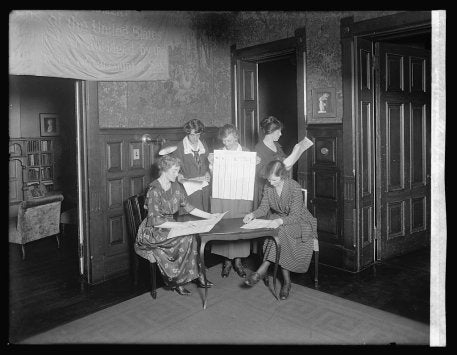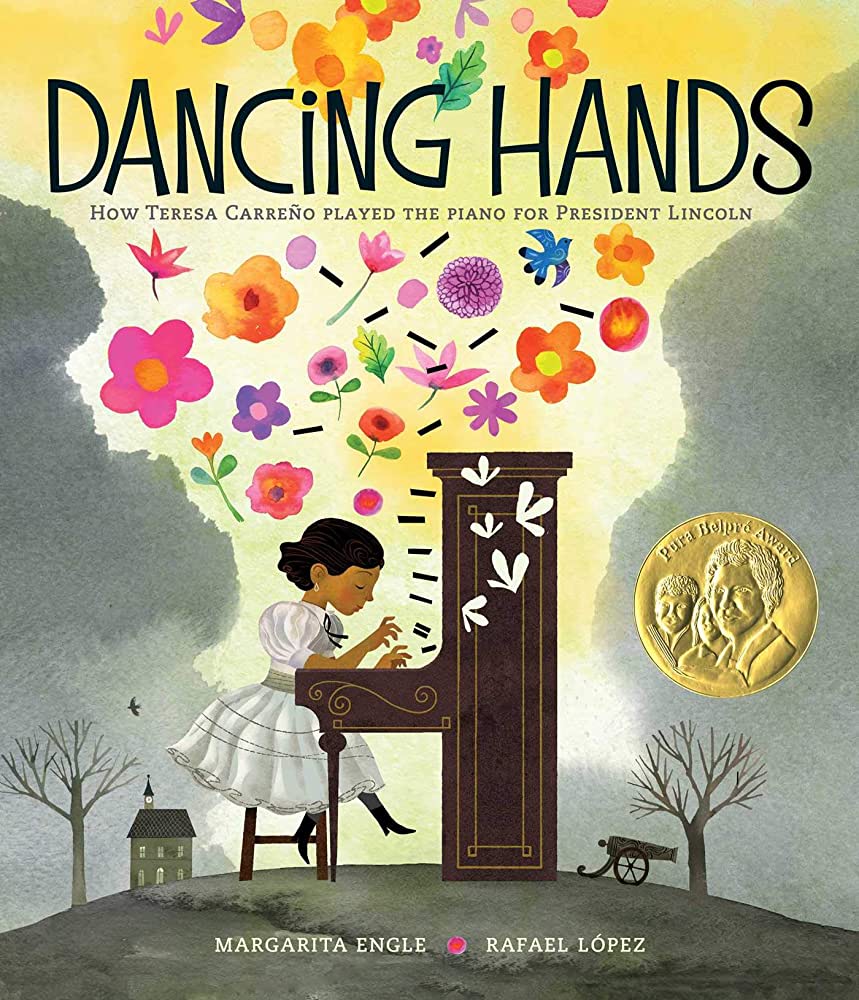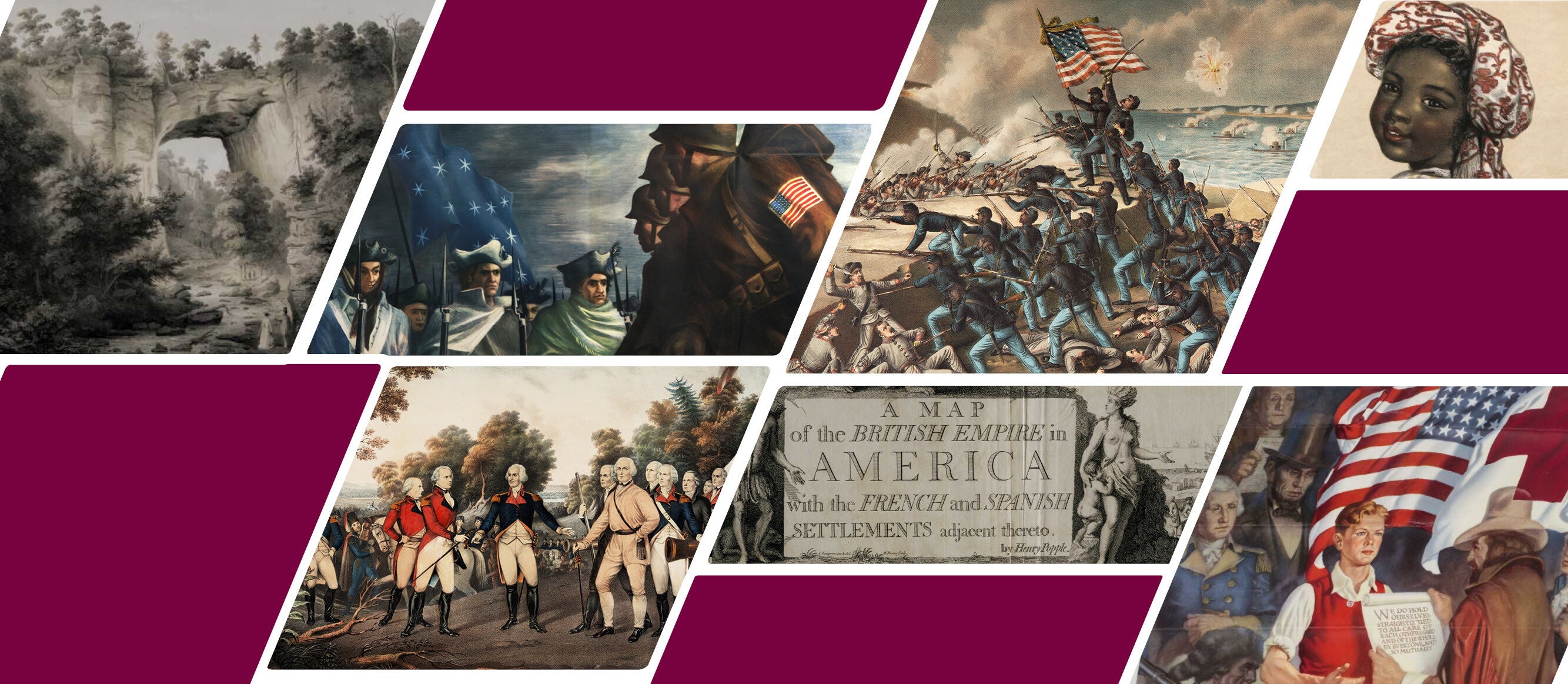 International Women’s Day began as a labor movement and evolved into an annual event recognized by the United Nations. In 1908, 15,000 women marched through New York City demanding shorter working hours, better pay, and the right to vote. At the International Conference of Working Women in Copenhagen in 1910, Clara Zetkin, a German advocate for women’s rights, suggested the creation of a day for women around the world to press for their rights.
International Women’s Day began as a labor movement and evolved into an annual event recognized by the United Nations. In 1908, 15,000 women marched through New York City demanding shorter working hours, better pay, and the right to vote. At the International Conference of Working Women in Copenhagen in 1910, Clara Zetkin, a German advocate for women’s rights, suggested the creation of a day for women around the world to press for their rights.
International Women’s Day was first celebrated in 1911 in Austria, Denmark, Germany, and Switzerland. In 1975, the United Nations began celebrating the day to recognize the social, economic, cultural, and political achievements of women and girls. March 8 was formalized as the date of International Women’s Day in recognition of a wartime strike in Russia in 1917, when women demanding “bread and peace” forced the tzar to abdicate, and the provisional government granted women the right to vote.
Our resources focus on the experiences of American women.
Spotlights on Primary Sources
Gilder Lehrman curators explore Gilder Lehrman Collection documents.
- Susan B. Anthony on suffrage and equal rights, 1901: Writing at the age of eighty, having just retired from a long public life as an advocate for abolition and women’s rights, Susan B. Anthony trenchantly summarized the gains that had been made in women’s rights.
- Women’s Suffrage Poster, 1915: Opponents to women’s suffrage argued that voting would be detrimental to women’s character and to their families. This broadside, published around 1915, refutes those accusations.
Lesson Plans
- “American Women and WWI”: Students will examine the complexity of women’s contributions to World War I.
- “Women Win the Right to Vote”: Students will analyze primary source documents to uncover factors that contributed to the exclusion of American women from the right to vote and the battle for full enfranchisement.
Hamilton Cast Read Alongs
 Hamilton Cast Read Alongs is a program that features Hamilton cast members reading award-winning children’s books followed by a discussion of the history behind the story led by Gilder Lehrman Master Teacher Keisha Rembert. Enjoy these featured recordings relating to women’s history:
Hamilton Cast Read Alongs is a program that features Hamilton cast members reading award-winning children’s books followed by a discussion of the history behind the story led by Gilder Lehrman Master Teacher Keisha Rembert. Enjoy these featured recordings relating to women’s history:
- Before She Was Harriet by Lesa Cline-Ransome (Author) and James E. Ransome (Illustrator). Read by Marja Harmon (Angelica Schuyler Church in the North American Tour of Hamilton)
- Harlem’s Little Blackbird: The Story of Florence Mills by Renee Watson (Author) and Christian Robinson (Illustrator). Read by Reneé Elise Goldsberry (Angelica Schuyler in the Original Broadway Cast of Hamilton)
- Mumbet’s Declaration of Independence by Gretchen Woelfle (Author) and Alix Delinois (Illustrator). Read by Meecah (Principal Standby in the North American Tour of Hamilton)
- Ona Judge Outwits the Washingtons by Gwendolyn Hooks (Author) and Simone Agoussoye (Illustrator). Read by Tiffany Mellard (Ensemble of the North American Tour of Hamilton)
- Dancing Hands: How Teresa Carreno Played the Piano for President Lincoln by Margarita Engle (author) and Rafael López (Illustrator). Read by Marc dela Cruz (James Reynolds/Doctor and a Principal Standby in Hamilton on Broadway)
History U Courses
History U offers free, self-paced courses in American history to high school students led by the nation’s top historians. Courses most relevant to women’s history are
- Black Women’s History, taught by Kellie Carter Jackson, Wellesley College
- Conflict and Reform: The United States, 1877–1920, taught by Michael Kazin, Georgetown University
- The American Revolution, taught by Carol Berkin, Baruch College and the City University of New York
- The History of American Protest, taught by John Stauffer, Harvard University
- Women and Politics in 20th-Century America, taught by Linda Gordon, New York University
Essays
- History Now 47: American Women in Leadership (includes five essays and an introduction by editor Carol Berkin, Winter 2017)
- History Now 54: African American Women in Leadership (includes four essays and an introduction by editor Carol Berkin, Summer 2019)
- History Now 56: The Nineteenth Amendment and Beyond (includes six essays and an introduction by editor Carol Berkin, Spring 2020)
- “Women in the West” by Virginia Scharff, from History Now 9: The American West (Fall 2006)
- “Sally Hemings: Given Her Time” by Jon Kukla, from History Now 60: Black Lives in the Founding Era (Summer 2021)
- “Phillis Wheatley, a ‘Genius in Bondage’” by Vincent Carretta, from History Now 60: Black Lives in the Founding Era (Summer 2021)
- “Risk Takers and History Makers: Mexican Women of the World War II Generation” by Vicki L. Ruiz, from History Now 53: The Hispanic Legacy in American History (Winter 2019)
Book Breaks
Explore our Book Breaks archive for conversations with authors about a wide variety of women’s history topics:
- Keisha N. Blain – Until I Am Free: Fannie Lou Hamer’s Enduring Message to America
- Elaine Weiss – The Woman’s Hour: The Great Fight to Win the Vote
- Martha Jones – Vanguard: How Black Women Broke Barriers, Won the Vote, and Insisted on Equality for All
- Jeanne Theoharis – The Rebellious Life of Mrs. Rosa Parks
- Drew Gilpin Faust - Necessary Trouble: Growing Up at Midcentury
- Noliwe Rooks - A Passionate Mind in Relentless Pursuit: The Vision of Mary McLeod Bethune
- Anastasia C. Curwood - Shirley Chisholm: Champion of Black Feminist Power Politics
- Sarah Parry Myers - Earning Their Wings: The WASPs of World War II and the Fight for Veteran Recognition
Inside the Vault
- Honoring America’s First Woman Veteran: The Revolutionary War Service of Margaret Corbin
- Mary Katherine Goddard: Woman Printer, Entrepreneur, and Postmaster in the Founding Era
- The Diary of WWI Nurse Ella Jane Osborn
- Women’s Suffrage
- The Lives and Works of Phillis Wheatley and Elizabeth Keckley
- The Schuyler Sisters
